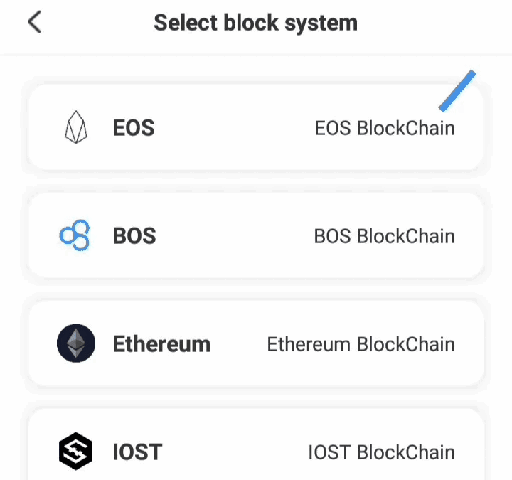
The EOS software infrastructure and its related parameters and functionalities are complex and even more complicated for a new user.
It took me ages before I could finally take the leap to adopt the blockchain.
As much as I understand the purpose why a user needs to purchase a wallet account before accessing the core functions and uses of the system - as a preventive measure to curb spamming activities.
I found myself earlier failing to get one at every attempt I made to at least try out a single one.
Concepts like CPU, NET and RAM were already getting me confused to begin with, then I discovered I had to buy and stake some of these resources (I was finally chased away).
I asked myself; why do I need to venture into all this when I can just send and receive coins right in my Ethereum address.
Gradually, I find the whole EOS concepts as unfriendly and convinced myself the blockchain would be difficult to be adopted by any new user.
Maybe am right on this to a degree, maybe am not, I am still yet to justify that, but in the past 6 six months after finally getting a EOS username account through a free means, I found myself loving so much a system I criticized in the past.
Regarding my low adoption assumption - EOS is now the #1 blockchain in terms of daily activities and usage as reported by blocktivity.info and is a very close competitor to STEEM when we talk of the adoption rate.
Despite this truce and loving and favoritism, EOS still pronounce itself as a complicated structure to deal with by its extensive features.
One feature I would like to discuss in this post which is not so unique to EOS alone but is also seen with other DPoS blockchains or in short 'Dan Larimer's masterminded blockchains' is the disparity between Active Key and Owner Key.
Their Comparison

Image Source
In a simple description, both keys can be regarded as the private keys of a wallet.
That is, they can both send, sign, authenticate and permit transactions.
Both perform higher functions of a wallet like voting for BP and permit permissions.
Initially, when the EOSIO blockchain set off specifically during the genesis snapshot both keys were merged as a single unit carrying equal weight and functions. Every account created at that period were provided with a single private key which can be regarded now as the owner key as it was needed to later create other keys.
Further, as development continued, account creation provides users with a separate owner and active keys.
How They Are Differentiated
One major striking difference between these two keys is that; the owner key represents the ownership of an account. It is the most important and powerful key. The owner key can overwrite itself and all other keys. Whereas, the active key is permission-granted-key which can perform all higher functions of an account except that it can be changed, destroy and overwrite. It is not a claim of ownership to an account.
In real-life assumptions, the owner key can be compared to a master key of an entire house which is able to open all rooms. In the other light, the active key can be regarded as room(s) specific key.
In another comparison - the owner key can be likened to the president of a society or the highest authority of a constituency while the active key can be represented as the vice of a president or a representative of an important figure.
Some Of The Supremacy Of The Owner Key In Action

Image Source
Later after the Genesis account batches. Users were advice to enable their active key permission for good security reasons.
Which can be carried out by importing the owner key to a wallet that supports this procedure and then enabling the active key permission.
The greymass desktop wallet does this perfectly. This post by @stellabelle of pixEOS explain how to do this on a desktop with greymass.
This simple GIF illustrated how I carry out this process on mobile using TokenPocket.

Note - TP = TokenPocket, P = Private. The last part was trying to show how permission to change all key was restricted using Active Key only
You just spare two minutes to save yourself from potential future worries.
Having two powerful keys with different level of authority to your wallet gives you an extra layer of protection which you should put into practical use.
Therefore, it is advisable to up your game and keeps these two keys with different security approach.
Best Security Approach To The Two Keys.
Without making this post longer than it is.
The owner key is advised to be kept in a cold storage like a hardware wallet, paper wallet and other cold storage means.
The active key can simply be kept in a password protected text file on a desktop or mobile device for convenience and easy access. But it should be noted that sending and signing transactions can be conducted with the active key, which implies keeping the key protected as much as possible.
Which security approach do you adopt to keep both your owner and active key safe? I would like to know in the comment box below.
Featured image source.

Cryptopilots is a blockchain agnostic content creation community that focuses on helping quality content creators getting the attention they deserve. We also run a proxy, as well as consultant services .
Read more here
Posted from my blog with SteemPress : https://scrips.io/blog/paulo380/eos-owner-key-and-active-key-why-the-disparity-when-both-perform-similar-functions/